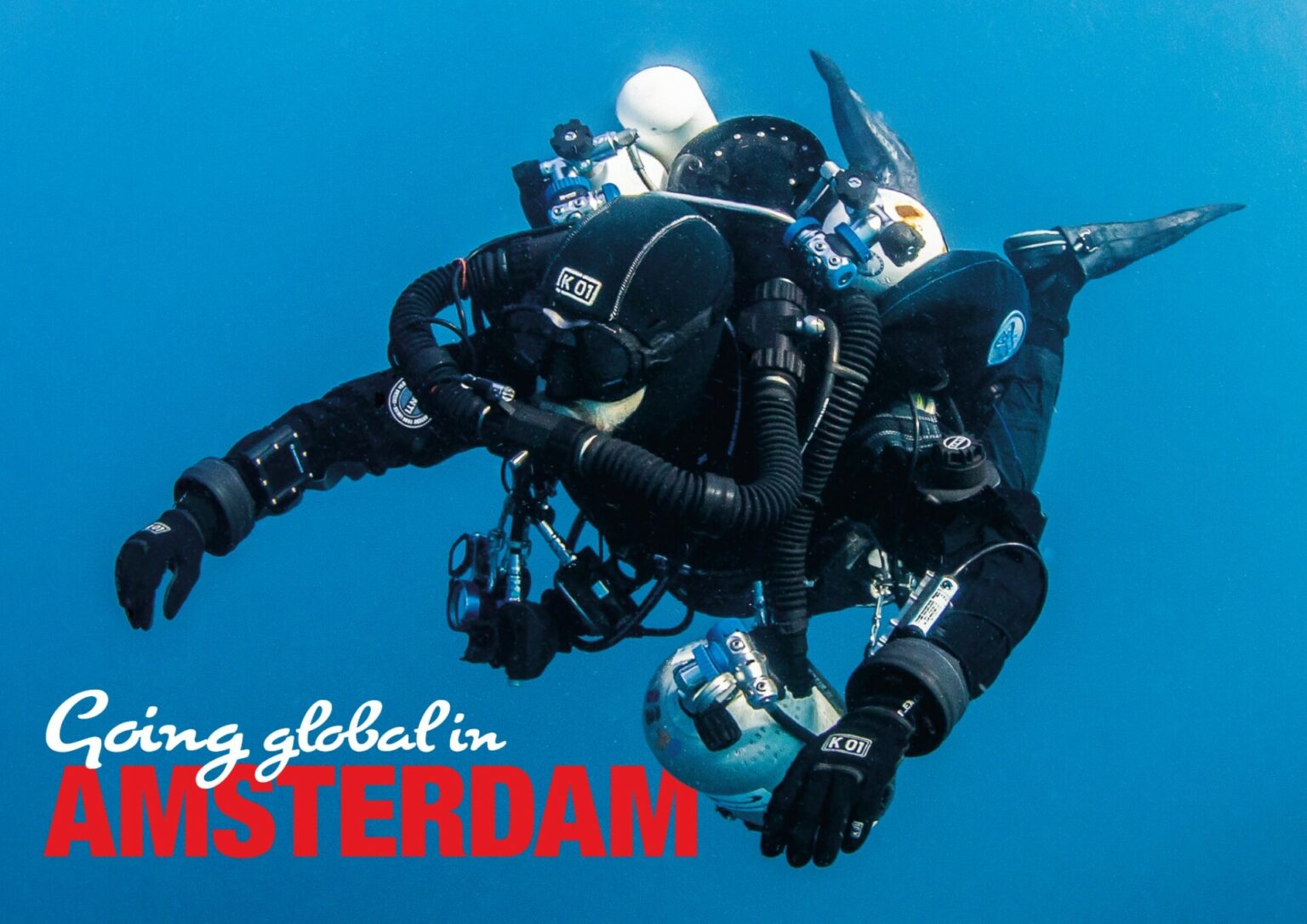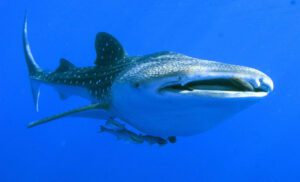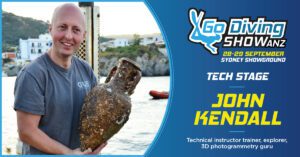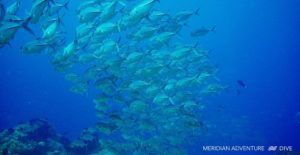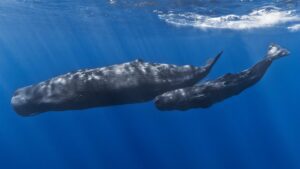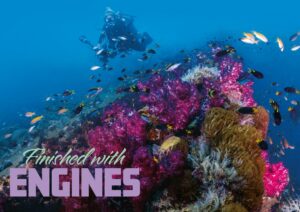Kerrie Burow heads to the Netherlands to complete the challenging Global Underwater Explorer (GUE) CCR1 course
Photographs by Kerrie Burow and JP Bresser
In June 2023, I flew to Amsterdam in the Netherlands to undertake the Global Underwater Explorer (GUE) CCR1 course. I started down the GUE Tech pathway in 2019, completing Recreation 3 in Sweden in April of that year, and Tech 1 in New Zealand in October – a month before heading to Truk Lagoon for the first time.
COVID and the resulting two years of Australian border closures meant I started my CCR journey on the standard JJ-CCR in Australia with a RAID course in 2021, but it was always my intention to also train on the GUE-configured JJ- CCR. I was also very interested in the opportunities having a GUE CCR certification would bring, particularly the potential for involvement in future project work.
JP Bresser and Vinkeveen
I first met GUE CCR instructor JP Bresser and his wife Anne-Marie Bresser (also a GUE instructor) on a cave photography course in Lot, France, in October 2022. JP was teaching the course with fellow GUE instructor Kirill Egorov, and I expressed my interest to head back to Europe the following year to take CCR1, as I usually follow the summer sun to Europe.
JP and Anne-Marie’s home is a beautiful houseboat on Vinkeveen – an enormous lake just a very short train journey outside of Amsterdam. It’s also the name of a small town on the edge of the lake.
I arrived in the Netherlands eager to start the course and meet my buddies Ahmad Al Husaini, a GUE instructor from Kuwait, and Mark van Brunswick, a GUE Tech 2 diver from the Netherlands.
Both were about to learn rebreather diving for the first time, while I had the advantage of a couple of dozen hours on the standard JJ-CCR configuration.
The local dive shop in Vinkeveen, where the course was being held, was Scuba Academie. It’s a GUE Premium Dive Centre and is superbly stocked with everything you could need for tech and rec diving. Recreational boat dives leave right from the shop as it’s on the lake edge. The staff were extremely welcoming and helpful throughout my time there.
The GUE-configured JJ-CCR
As mentioned, the GUE configured JJ-CCR differs from the standard version. Firstly, diluent and bailout gas is stored in two seven-litre cylinders on the back of the unit connected via a flexible isolation manifold. Oxygen, for the MAV and solenoid, is in a third smaller.
Going global in cylinder mounted behind the right seven-litre cylinder. The GUE configuration also differs in that it includes an open circuit long hose for out-of-gas donation purposes, which is stored under the JJ-CCR loop, and an accompanying open circuit back-up regulator on a bungy necklace under the chin for ease of switching to bailout gas if there is ever a problem with the machine.
A separate stage cylinder of bailout gas is carried by divers using the standard JJ- CCR setup.
I immediately took to the GUE-configured JJ- CCR. Even after hours of diving the standard JJ- CCR, I was amazed at how quickly my tech-diving muscle memory for using a long hose and backup regulator kicked in during drills – it was almost instantaneous.
It was very comforting knowing I had 14 litres of backgas available via the regulator just under my chin if I needed it. With the larger cylinders carried on your back, the GUE JJ-CCR is heavier than the standard JJ- CCR. So how was it handling that extra weight?
It wasn’t nearly as heavy as I had feared. I’m only 161cm tall and petite, so I was worried I would have a lot of difficulties handling the unit outside of the water pre- and post-dives and thought I’d require assistance.
This proved to be not true, and I really didn’t find it that much heavier than the 12-litre steel twins I usually dive in. Add the additional 11-litre aluminium stage cylinder I tech dive with, and the GUE JJ-CCR felt about the same weight (at least to me – or maybe all that weightlifting is paying off).
The CCR1 course
GUE’s CCR1 course is designed to allow a qualified GUE Tech diver to transition from open circuit tech diving to closed circuit rebreather diving on the GUE-configured JJ-CCR unit.
In order to apply for the course, there are a number of prerequisites, including at least 25 logged open circuit Tech 1 dives after being GUE Tech 1 certified. Up until the late-2010s, the GUE curriculum only allowed divers to progress to the CCR pathway after completing Tech 2. Since, then there are an increasing number of divers, myself included, who are choosing to bypass the Tech 2 pathway and instead move straight on to CCR1 after Tech 1.
The rapidly increasing cost and poor availability of helium gas (which you use a lot more of while open circuit tech diving compared to on a CCR) are significant contributors to this.
A typical day on the course in Vinkeveen was to meet at Scuba Academie around 8am for theory lectures. We would then build our units (often from scratch) and complete the mandatory CCR checklists.
Following this were dry drills focused on the particular skills we needed to perform underwater that day. Then we’d break for lunch, JP taking us to different local restaurants throughout the course to try the local dishes, followed by the short drive to the dive site on Vinkeveen lake.
Arriving at the dive site, we’d be allocated team roles (captain, deco captain and a third role dependent on the skill being practiced, for example, SMB deployment if we were doing ascents – which we often were). Roles were rotated each time we entered the water.
JP then outlined the objectives for the dives and what drills we had to perform in the water as a team, what our roles were and what he would be assessing us on as an observing instructor.
The captain was responsible for ‘running the show’ and ensuring we completed all of the drills, but the other students had to be on hand to help jog their memory if they steered off the dive plan.
At first, it seemed a lot for the captain to remember (even with our handwritten GUE EDGE plans in our wetnotes), but as a team working together, it was fine!
After the dives and various drills, we’d then head back to the dive shop for a more thorough debriefing, followed by breaking down and cleaning our units and refilling of tanks in preparation for doing it all over again the following day.
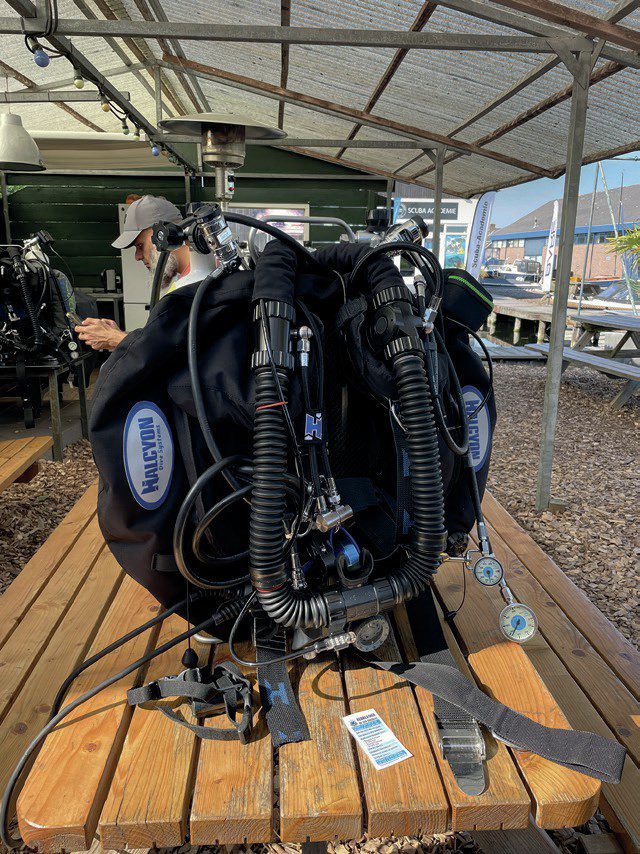
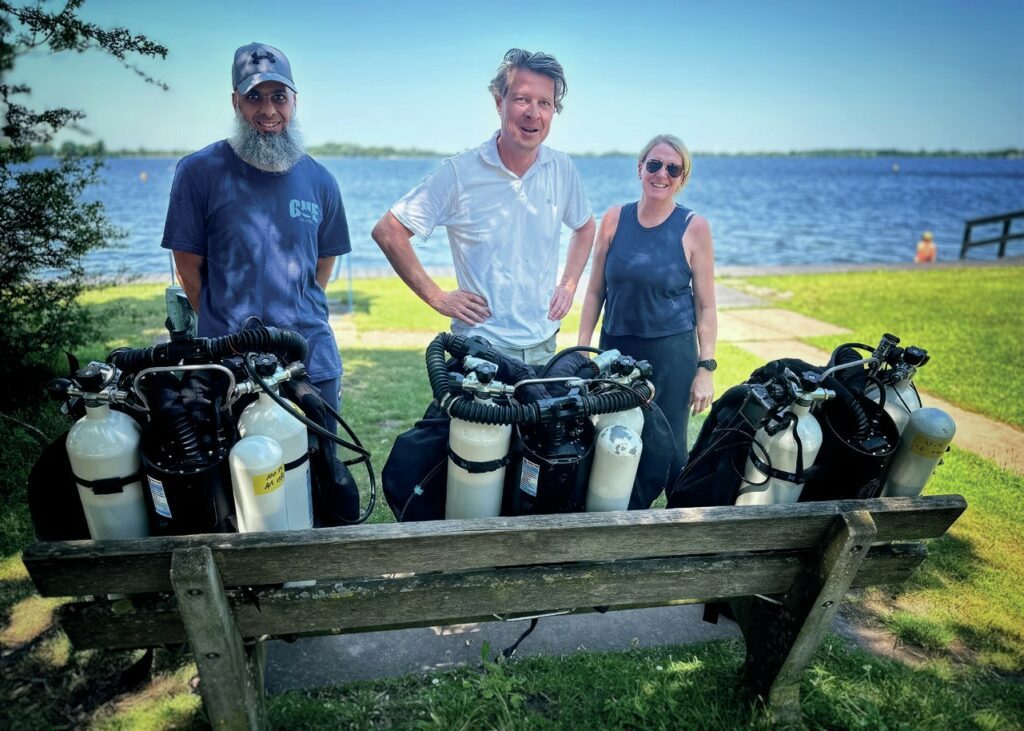
Over the six days, we received ample in-water practice in buoyancy control, bailing out, diluent flushing, gas sharing, manual ‘flying’ of the unit, flooded loop recovery, ADV and MAV runaways, team rescues, SMB deployment, and ascents – lots and lots of team ascent practice!
There was actually a heatwave in Vinkeveen while I was there (even this Aussie can confirm it was hot!), so sometimes the order of activities for the day were reversed to try to avoid the most uncomfortable hours in the sun.
Halfway through the course, we took the mandatory swim test in the lake (450 metres in less than 14 minutes without stopping and an 18-metre breath-hold swim underwater).
All passing, we were rewarded with a boat tour of Vinkeveen waters and a delicious dinner at JP and Anne-Marie’s boathouse. I was surprised by the size of the lake as well as how prolific the birdlife is (including a flock of native Australian black swans – which were very far from home!).
Learning best practice
In my professional life, I’m a learning and assessment consultant working in high-risk industries (including a number of years working in fire and rescue services), and there are many examples of learning best practice in the GUE CCR1 course.
The instructional materials were engaging and perhaps some of the best learning content I’ve seen on my dive courses. These included theory content, images, lists, user guides, practice cards, standard operating procedures (SOPs), and other resources.
The three checklists designed for the GUE JJ-CCR are thorough yet concise – well designed for reducing cognitive overload (checklists save lives!).
The pre-dive checklist sticker is used as the unit is being assembled and is then adhered to the one of the seven-litre cylinders for easy confirmation that the unit has been ‘signed off’ for diving.
An additional checklist is used before each day of diving and a third checklist is stickered to the JJ-CCR hand-controller for convenience and is used during the pre-breathe CHAOS check before getting in the water.
Over the six days, JP instructed via incremental skill building in increasing complexity with frequent and detailed feedback and correction. Dry runs were performed until they were accurate to build muscle memory before getting in the water.
And as the days passed, problem solving as a team became more complex. Because of this ‘deliberate practice’ method of teaching, at no stage did I find the CCR1 drills overwhelming.
By the end of the course, JP was using failure cards as final in-water assessments. The cards are pictures of Shearwater computer screens indicating JJ-CCR failures which could occur.
We had to quickly identify the failure and problem-solve it as a team. The scenarios became increasingly more complex and really tested our collaborative decision making.
After successfully completing all the failure cards thrown at us on the final day, we just had to submit our final exam, after which we were told we’d passed!
Post CCR1
I’m now converting my JJ-CCR unit to the GUE configuration and looking forward to building up my recreational depth dives on it. I was originally under the misconception that CCR1 certifies a diver for 51m decompression dives.
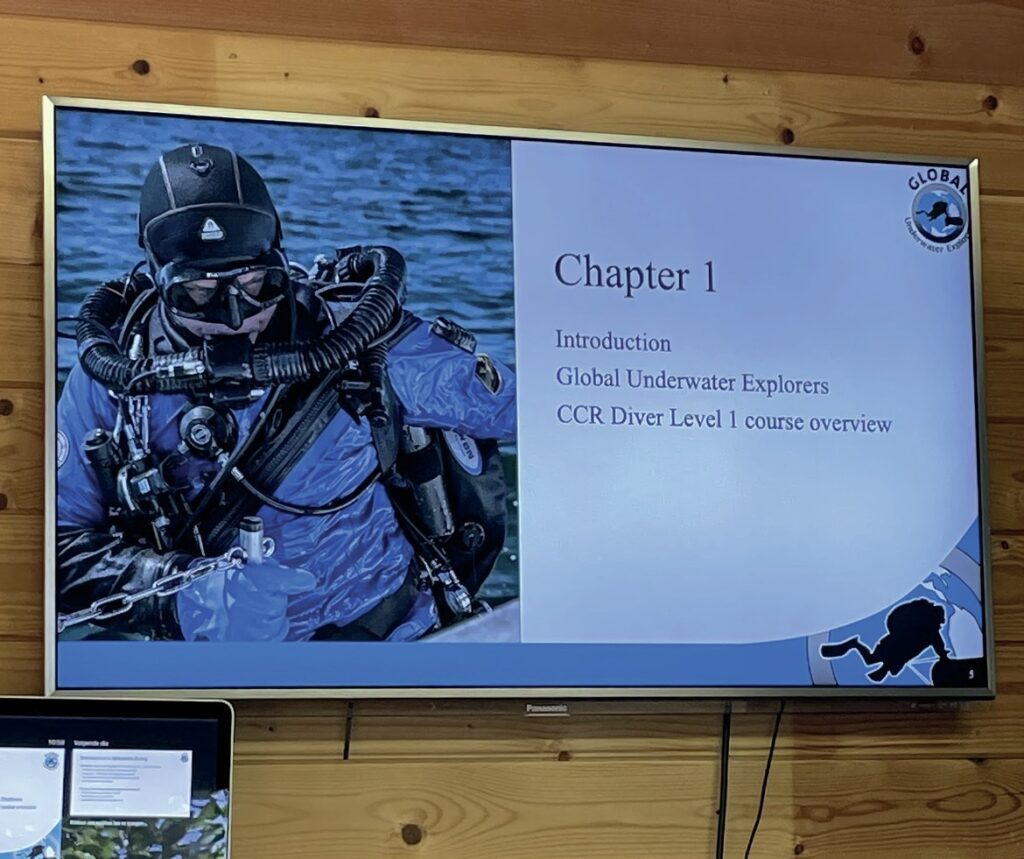
However, after passing the course, you’re restricted to practicing on the GUE-configured unit in recreational depths for another 25 hours to fine tune your skills (including use of checklists) before utilising your 51m open circuit decompression skills, which were part of the CCR1 pre-requisites.
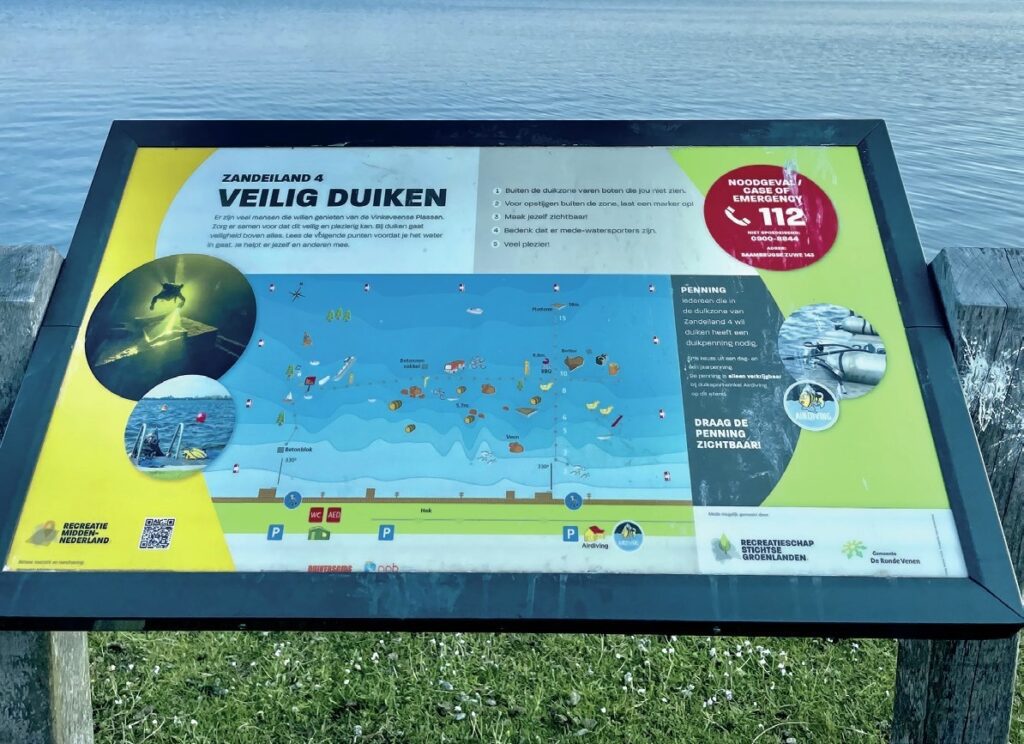
All-in-all, the GUE CCR1 course is one of the best diving courses I’ve done. We had ample in-water practice, the theory was expertly explained, my buddies were terrific, the location was perfect, the dive shop was excellent, logistics were easy, and JP and Anne-Marie Bresser were the perfect hosts. Oh, and the food was delicious! It was well worth the long trip from Australia to the Netherlands.
COMPUTERS • O2 CELLS • GAS ANALYSERS CABLES & CONNECTORS • REBREATHER PARTS PATHFINDER STROBES • SENSORS TOOLS • SOLENOIDS
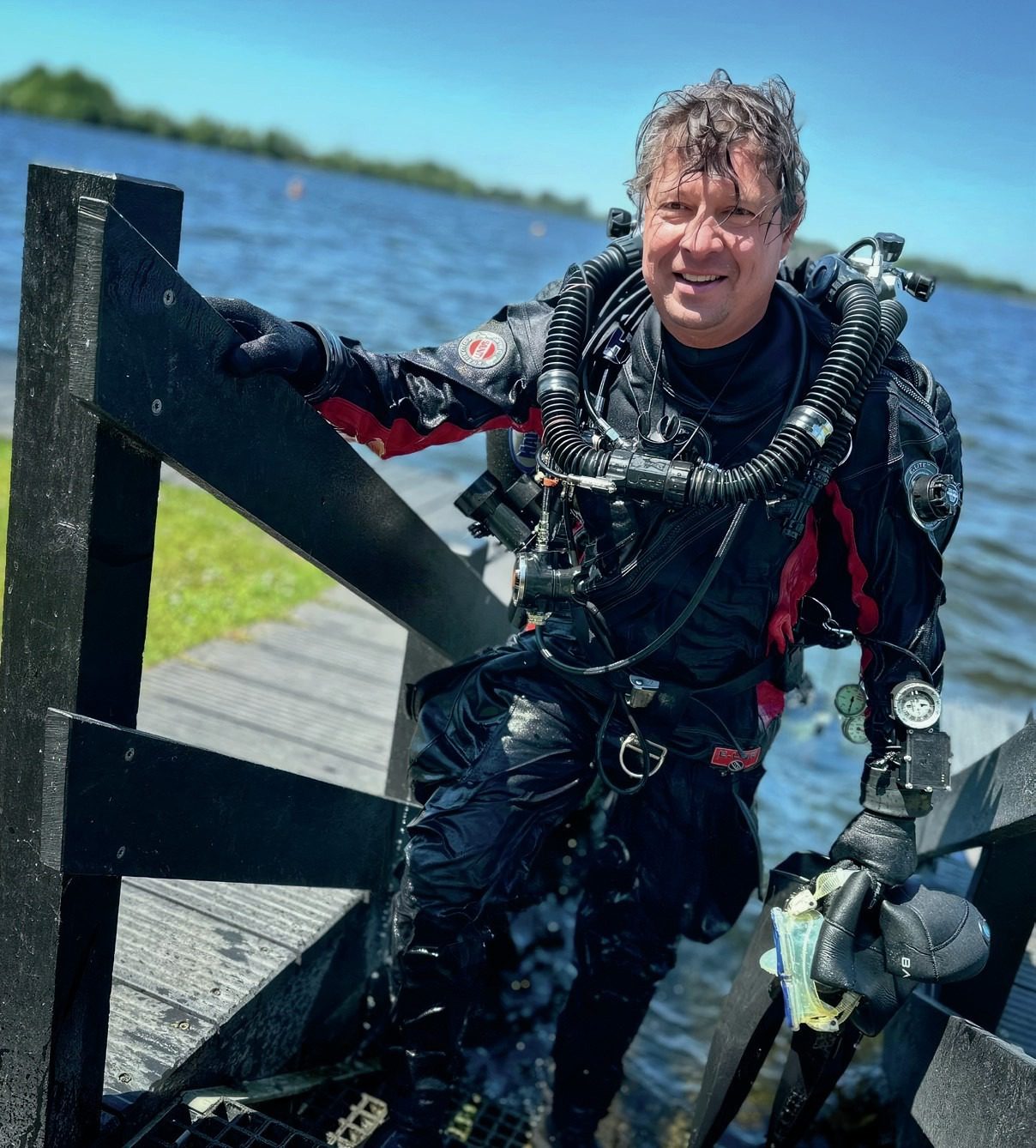
Note: Underwater cameras are not allowed during the course (except for the purposes of instructor feedback) and can’t be used for publication, so all of my images from the course were taken pre- and post-training dives.


We design, manufacture and retail scuba and rebreather equipment. We have fully equipped test and certification labs, and can pressure test large items in our vacuum chambers, as well as run fully automated leak test and dive simulations down to 400m. Our EMC and EMF lab is filled with state-ofthe-art equipment for testing electromagnetic compatibility and electromagnetic fields. We also have a large in-house laser for cutting and engraving on plastics and metals. www.narkedat90.com
This article was originally published in Scuba Diver UK #77
Subscribe digitally and read more great stories like this from anywhere in the world in a mobile-friendly format. Linked from Going Global In AMSTERDAM
